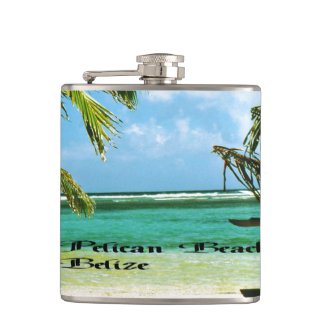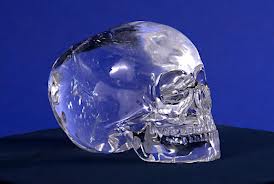As it was in the new world before the coming of the Europeans.
Upon reaching Tenochitlan (Mexico City), Montezuma asked Cortés if he was the god Quetzalcoatl, who was predicted to return from the east as a white man with a beard and blue eyes, to stamp out human sacrifice and deliver the oppressed.
Cortés replied: “It was true that we came from where the sun rose, and were the vassals and servants of a great Prince called the Emperor Don Carlos, who held beneath his sway many and great princes, and that the Emperor having heard of him and what a great prince he was, had sent us to these parts to see him, and to beg them to become Christians, the same as our Emperor and all of us, so that his soul and those of all his vassals might be saved.”
Montezuma was in awe of Cortés and his men, primarily because of the ominous portents and signs that had recently occurred which were interpreted as foretelling Quetzalcoatl’s return and the end of the Aztec Empire, namely:
- water of the lake around Mexico City boiling over due to volcanic eruption
- unusual northern lights
- comets
- earthquakes
- the temple of the sun god catching fire
- eerie wailing noises at night
- the king’s sister revived from her grave saying strange beings would enter the country and ruin it
Montezuma showed Cortés and his men their temples. There was a theater made of human skulls and mortar, wherein Gonzalo de Umbria counted 136,000 skulls, which included those in the steps and on poles. A tower was made of skulls too numerous to count.
There were obsidian knives, stone altars, black-robed priests with hair matted down with human blood, idols with basins for human blood, walls and steps covered with human blood and gore, an idol made out of seeds kneaded and ground with the blood of virgins and babies, pits where the human bodies were thrown after people had eaten off the arms and legs.
Bernal Diaz del Castillo recorded: “Our Captain said to Montezuma through our interpreter, half laughing: ‘Señor Montezuma, I do not understand how such a great Prince and wise man as you are has not come to the conclusion, in your mind, that these idols of yours are not gods, but evil things that are called devils and so that you may know it and all your priests may see it clearly, do me the favor to approve of my placing a cross here on the top of this tower.’”
Gary has been a writer/photographer for over thirty years. Specializing in nature and landscape photography, as well as studying native cultures.
His travels have taken him to most of the United States, as well as Australia, Belize, Egypt and the Canary Islands.
He has studied the Mayan culture of Central America as well as the aborigines of Australia. Photography has given him the opportunity to observe life in various parts of the world.
He has published several books about his adventures.
For more information, please consult his website,www.journeysthrulife.com.
Your comments are welcome











